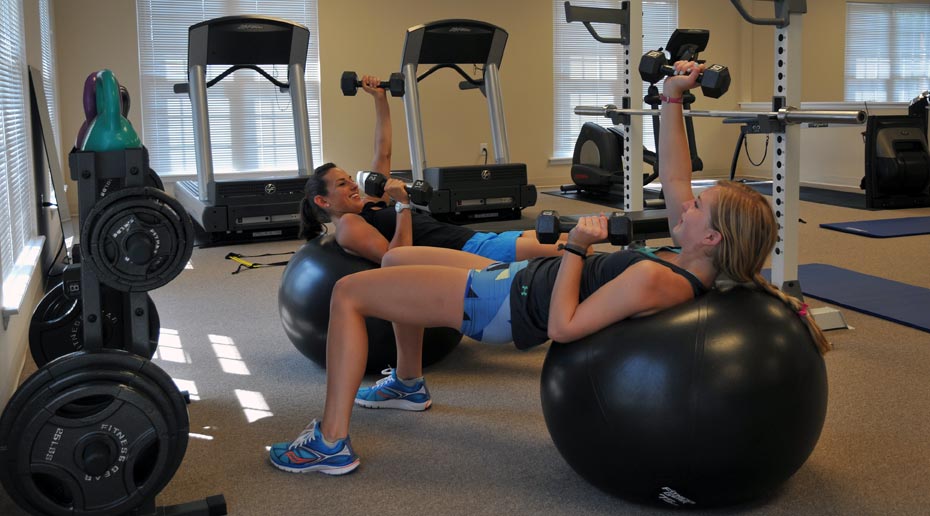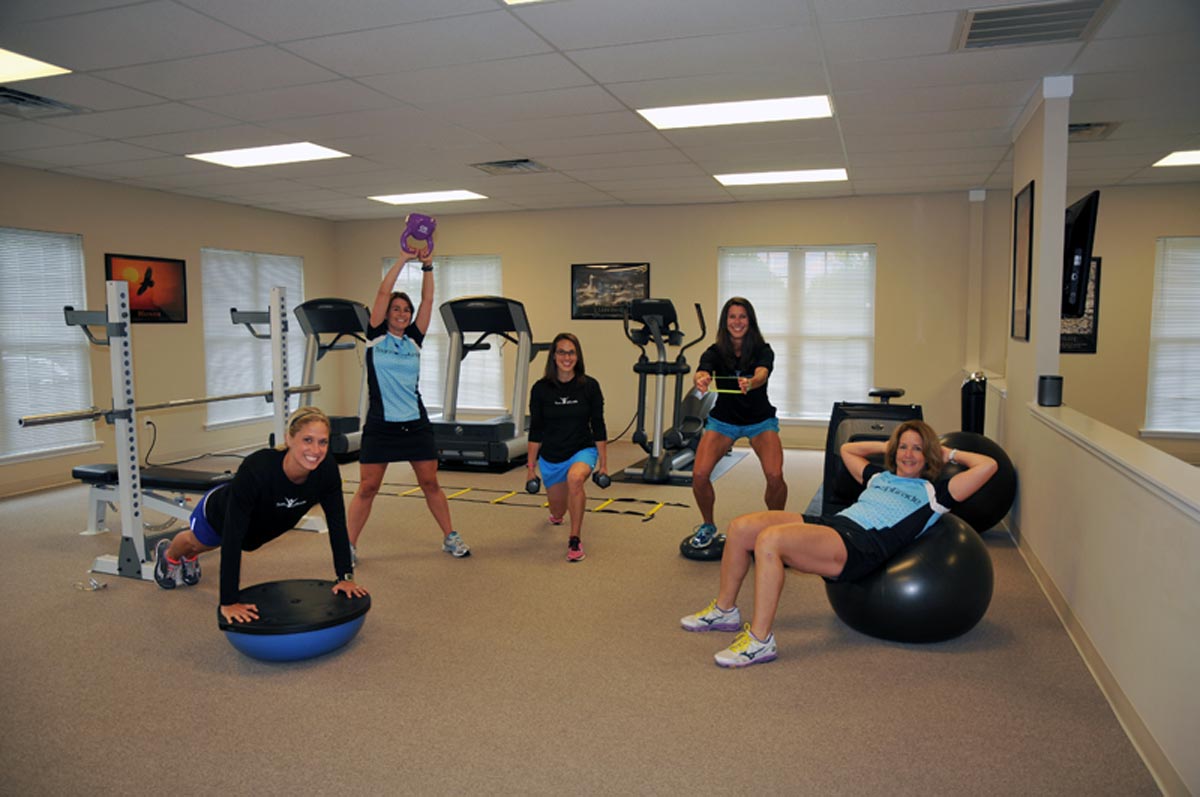Everyone Can Experience The Benefits of Living a Healthy Lifestyle!
How Raini Got Started
Exercise was not in Raini’s vocabulary. She was not athletic growing up and instead enjoyed reading and being a musician. Her father was an exercise enthusiast (to say the least!) and Raini never understood why! In her early 50’s she decided to train for a triathlon. If it didn’t work out […]




